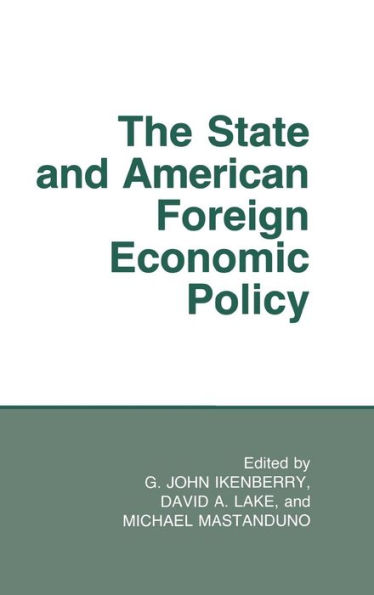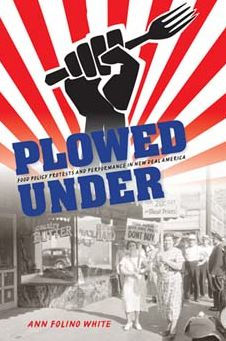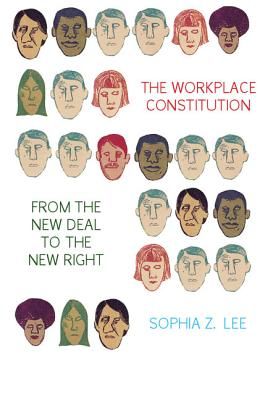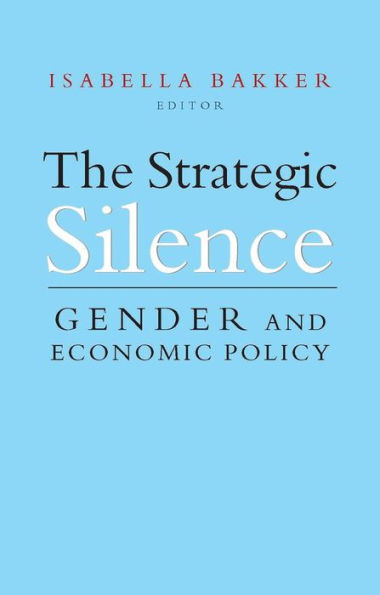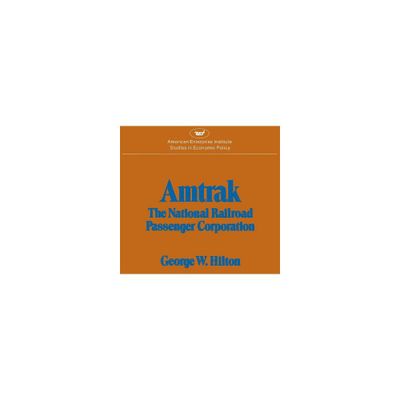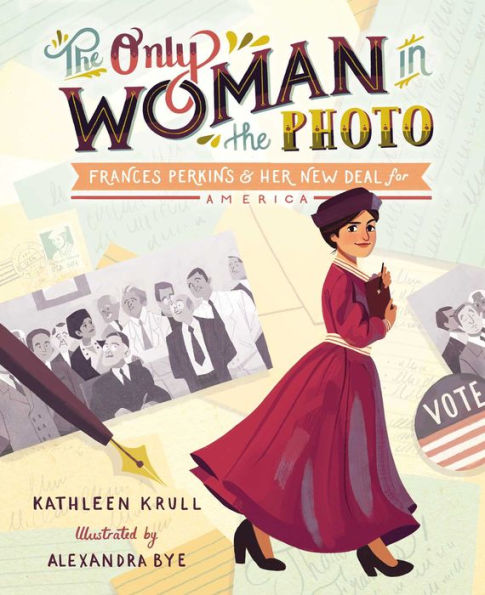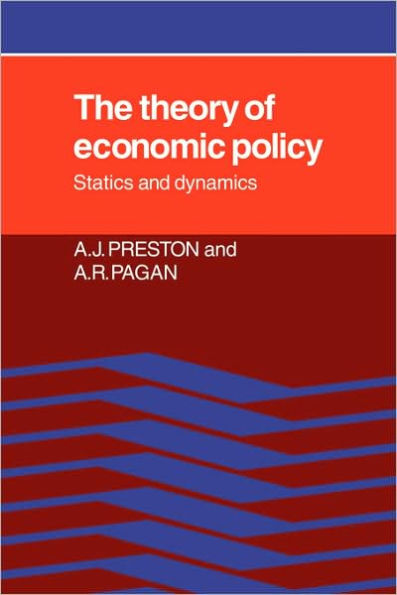Home
American Economic Policy from the Revolution to New Deal
Loading Inventory...
Barnes and Noble
American Economic Policy from the Revolution to New Deal
Current price: $58.99
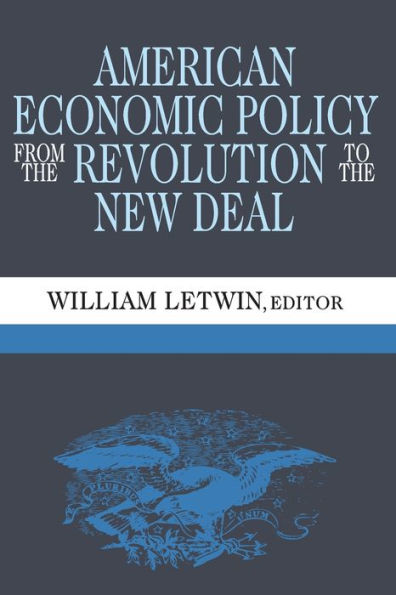

Barnes and Noble
American Economic Policy from the Revolution to New Deal
Current price: $58.99
Loading Inventory...
Size: Paperback
*Product Information may vary - to confirm product availability, pricing, and additional information please contact Barnes and Noble
The documents in this volume reflect the great debates that have shaped this country's economic life. Covering a wide variety of problems, they show how each was treated at a moment when it was politically urgent. Since they were efforts at persuasion, usually addressed to a wide audience, they are coherent and self-contained and avoid technical jargon. They therefore present clear and vivid evidence of what men have desired and hoped to achieve, and explain not only much that is critical about how Americans lived in the past but much also about the inheritance of the present.
From the overwhelming mass of available documents, a representative group has been chosen here. Among the twenty-nine included are: Hamilton's
Report on Manufactures
, which helped set the American attitude on economic growth; Andrew Jackson's veto message on the bill to renew the charter of the Bank of the United States; the first annual report of the Interstate Commerce Commission, which put the railroads under federal regulation; William Jennings Bryan's famous Cross of Gold speech, which helped him win the Democratic nomination in 1896; the conclusions of the Pujo Committee's report on the money market, which were instrumental in setting up the Federal Reserve System; and key documents on the National Recovery Administration, one of Franklin D. Roosevelt's major moves in his fight against the depression.
In his introductory essay, the editor summarizes the forces and movements that helped to make American economic policy "exceedingly confused and therefore very annoying to historians and economists," But, he insists, this very confusion reduced "the extremism and disorder potentially so great in the United States . . . to remarkable moderation."
From the overwhelming mass of available documents, a representative group has been chosen here. Among the twenty-nine included are: Hamilton's
Report on Manufactures
, which helped set the American attitude on economic growth; Andrew Jackson's veto message on the bill to renew the charter of the Bank of the United States; the first annual report of the Interstate Commerce Commission, which put the railroads under federal regulation; William Jennings Bryan's famous Cross of Gold speech, which helped him win the Democratic nomination in 1896; the conclusions of the Pujo Committee's report on the money market, which were instrumental in setting up the Federal Reserve System; and key documents on the National Recovery Administration, one of Franklin D. Roosevelt's major moves in his fight against the depression.
In his introductory essay, the editor summarizes the forces and movements that helped to make American economic policy "exceedingly confused and therefore very annoying to historians and economists," But, he insists, this very confusion reduced "the extremism and disorder potentially so great in the United States . . . to remarkable moderation."
